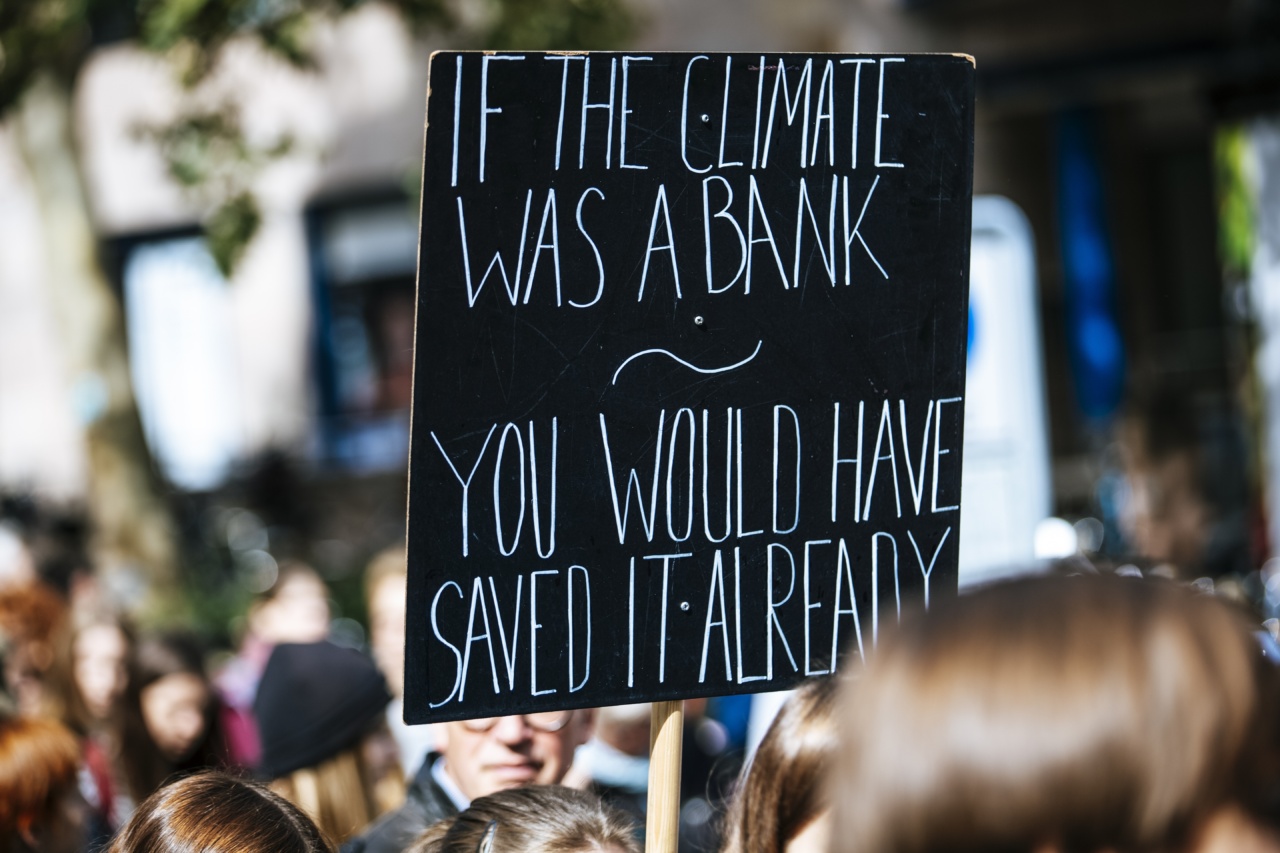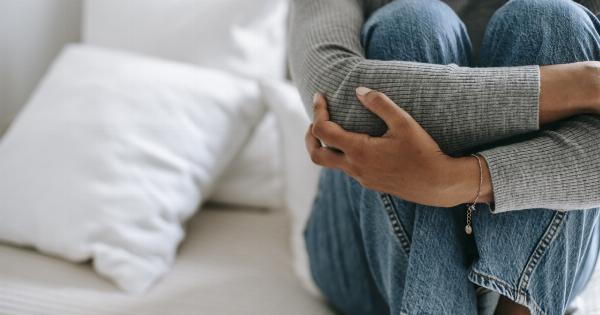Many people experience a certain level of discomfort after a meal, whether it’s a feeling of fullness, bloating, or even mild pain.
While these symptoms are often attributed to overeating or dietary indiscretion, it’s essential to be aware that they could also be indicative of a more serious underlying condition called cholecystitis. In this article, we will explore the causes, symptoms, and treatment options for cholecystitis.
What is Cholecystitis?
Cholecystitis is the inflammation of the gallbladder, a small organ located just below the liver.
The gallbladder plays a significant role in the digestive process by storing and releasing bile, a fluid produced in the liver that helps in the digestion of fats. Cholecystitis occurs when the bile ducts that connect the gallbladder to the liver become blocked, causing bile to build up and resulting in inflammation.
Causes of Cholecystitis
There are several factors that can contribute to the development of cholecystitis. One of the most common causes is the presence of gallstones, which are hardened deposits that form in the gallbladder.
When gallstones obstruct the bile ducts, it disrupts the normal flow of bile and leads to inflammation.
In addition to gallstones, other causes of cholecystitis include:.
1. Biliary sludge:
Biliary sludge is a mixture of cholesterol crystals, calcium salts, and other particles that can accumulate in the gallbladder. Over time, this sludge can contribute to the development of gallstones and increase the risk of cholecystitis.
2. Infection:
In some cases, cholecystitis can occur as a result of an infection in the gallbladder.
This type of cholecystitis is known as acute acalculous cholecystitis and is more commonly seen in individuals with a weakened immune system or those who have undergone surgery or trauma.
3. Tumors:
Rarely, cholecystitis can be caused by the presence of tumors in the gallbladder. These tumors can block the bile ducts and lead to inflammation and infection.
Signs and Symptoms of Cholecystitis
The symptoms of cholecystitis can vary in severity and may include:.
1. Abdominal pain:
One of the hallmark symptoms of cholecystitis is abdominal pain, typically located in the upper right quadrant of the abdomen. This pain may be dull, sharp, or cramp-like and can worsen after eating fatty or greasy foods.
2. Nausea and vomiting:
Many people with cholecystitis experience nausea and vomiting, particularly after consuming a meal.
3. Fever:
Cholecystitis can cause a low-grade fever, which is typically accompanied by other symptoms such as abdominal pain and tenderness.
4. Jaundice:
In some cases, cholecystitis can lead to jaundice, a condition characterized by yellowing of the skin and eyes. This occurs when the bile ducts become blocked, causing bilirubin to build up in the blood.
Diagnosing Cholecystitis
If you are experiencing symptoms that may indicate cholecystitis, it is important to seek medical attention for a proper diagnosis. Your healthcare provider will likely perform a physical examination and order additional tests, which may include:.
1. Blood tests:
Blood tests can help identify signs of inflammation or infection in the body, as well as evaluate liver function.
2. Imaging tests:
Imaging tests such as an ultrasound or a CT scan can provide detailed images of the gallbladder and identify any abnormalities or blockages.
3. Cholescintigraphy:
Also known as a HIDA scan, this test involves injecting a radioactive substance into the body to evaluate the function of the gallbladder.
Treatment Options for Cholecystitis
The treatment for cholecystitis will depend on the severity of the condition and the underlying cause. In some cases, conservative measures may be sufficient, while others may require more invasive interventions. Common treatment options include:.
1. Antibiotics:
If cholecystitis is caused by an infection, antibiotics may be prescribed to eliminate the bacteria.
2. Pain medication:
Over-the-counter or prescription pain medications can help alleviate the abdominal pain associated with cholecystitis.
3. Gallbladder removal:
In cases of recurrent or severe cholecystitis, surgical removal of the gallbladder may be necessary. This procedure, known as a cholecystectomy, can be performed laparoscopically or through open surgery.
Preventing Cholecystitis
While it may not be possible to prevent all cases of cholecystitis, certain lifestyle modifications can help reduce the risk. These include:.
1. Maintaining a healthy weight:
Being overweight or obese increases the likelihood of developing gallstones, which can lead to cholecystitis. Maintaining a healthy weight through a balanced diet and regular exercise can reduce the risk.
2. Eating a balanced diet:
Avoiding excessive intake of fatty or greasy foods can help prevent the formation of gallstones and reduce the risk of cholecystitis.
3. Staying hydrated:
Drinking an adequate amount of water daily can help promote proper bile flow and prevent the build-up of sludge in the gallbladder.
Conclusion
While post-meal discomfort can often be attributed to minor issues, such as overeating or gas, it’s important to be aware that it can also indicate more significant underlying conditions like cholecystitis.
If you are experiencing persistent abdominal pain, nausea, or other symptoms associated with cholecystitis, it is essential to seek medical attention for a proper diagnosis and appropriate treatment.




























